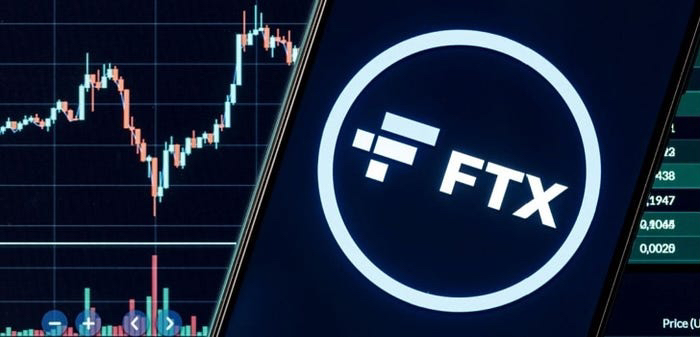FTX's lawsuit documents revealed that Mauritian national Nawaaz Mohammad Meerun used a nearly perfect method to siphon off $1.2 billion from FTX and Alameda Research in just one year without leaving any direct chain of evidence.
Act I: BTMX’s Price Magic
In January 2021, Meerun chose BTMX, a token with extremely low liquidity, as his first prey. Through a carefully designed trading strategy, he quietly controlled nearly 50% of the token supply in the entire network within two months. As he operated, the price of BTMX soared from a negligible $0.03 to $3, an astonishing increase of 10,000%.
The key breakthrough was that he cleverly exploited a loophole in the FTX margin trading system: using the artificially inflated BTMX as collateral, he successfully borrowed hundreds of millions of dollars and quickly transferred $450 million to multiple anonymous wallets.

Act II: The fatal blow to the Alameda study
Next, Meerun set his sights on Mobile Coin (MOB). He established a short position of 10% of the total supply of MOB on FTX, forcing Alameda Research to take over.
In order to close the position, Alameda had to buy a large amount, causing the price of MOB to soar by 750% in a few weeks. When Alameda slowed down the purchase, the price immediately plummeted, resulting in a loss of nearly $1 billion.
Sophisticated criminal structure
Meerun’s modus operandi is shocking: he used stolen or forged identity materials to open multiple accounts at FTX, and even created 64 sub-accounts to circumvent platform restrictions.
Through complex capital flows and price manipulation, he almost controlled the entire exchange.
Shadows behind the scenes: speculation about criminal networks
Even more shocking is that FTX’s lawsuit documents not only exposed Meerun’s market manipulation, but also linked him to Eastern European criminal networks and suspected extremist organizations.
The charges involve human trafficking, money laundering, and even possible terrorism financing.
Epilogue: An unfinished puzzle
Although it was eventually exposed, Meerun actually submitted a claim for $12 million to the FTX bankruptcy administrator in 2024. Its courage and fearlessness are astonishing.
The boundaries of regulation
This thrilling case is not only a personal crime story, but also a sharp questioning of the fragility of the cryptocurrency ecosystem. It exposed serious loopholes in risk control and identity verification of exchanges, and also sounded the alarm for the industry.
In this wild era of digital finance, who can tell when the next Meerun will appear? Only by staying vigilant and constantly improving the regulatory system can we build a solid defense line for the crypto world.





